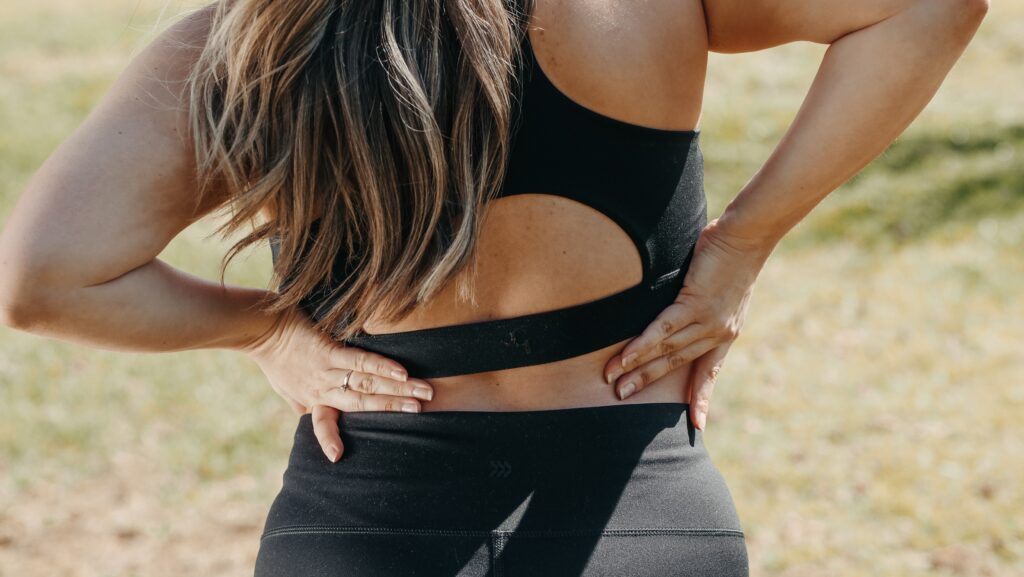Back Pain When Standing? Here’s Why & What To Do About It
Introduction
Lower back pain is a widespread health issue affecting millions worldwide, caused by various factors such as poor posture, injury, or disease. One common type of lower back pain that causes particular concern is pain occurring while standing. It can be debilitating and limit one’s ability to engage in daily activities.
Understanding the causes and treatments for lower back pain while standing can help alleviate symptoms. Common causes include spinal stenosis, herniated discs, or degenerative disc disease, among others. Treatments, such as improving posture, engaging in exercise, or utilizing pain relief medication, may help reduce lower back pain when standing.
Causes of Pain in Lower Back When Standing
There are several potential causes for pain in the lower back while standing, many of which can be treated with simple lifestyle changes.
Muscular Impairment: The most common cause of lower back pain when standing is muscular impairment due to poor posture and improper body mechanics. Poor posture and improper body mechanics can place excessive strain on the muscles and ligaments in the lower back, leading to fatigue and eventual muscle strain or spasm. This results in soreness and discomfort when attempting to stand or move around.
Compressed Discs: Another possible cause of lower back pain when standing is compressed discs between two vertebrae, such as those between the lumbar spine (or lower back) and thoracic spine (upper back). Compressed discs can result from a variety of factors, including poor posture, trauma, or natural aging processes. When discs become compressed, they can cause nerve compression which leads to increased inflammation and subsequently, discomfort.
Infection: Infection is another potential cause of lower back pain while standing that should not be overlooked. An infection such as discitis or epidural abscess may lead to severe inflammation which can result in considerable levels of discomfort when attempting to stand or move around normally. Additionally, some infections may also present additional symptoms such as fever or nausea which could further add to the severity of the issue at hand.
Treatments for Pain in Lower Back When Standing
Lower back pain should be treated by finding its source first. Once identified, an appropriate treatment plan tailored to the cause should be implemented. If muscular impairment is found to cause pain when standing, a certified physical therapist can design an exercise program. With regular practice, the program can alleviate symptoms considerably.
For those where a compressed disc is to blame, anti-inflammatory medications paired with physical therapy exercises designed for disc compression issues can help alleviate the pain in the lumbar region. Physical therapy can go a long way in preventing and treating lower back pain. The proper exercise program can restore strength and flexibility and help prevent future occurrences of pain in the area.
Conclusion
Standing-induced lower back discomfort is common regardless of age or gender. Don’t overlook its source for long-term relief from symptomatic issues. Culprits include muscular impairment or infection from an undiagnosed bacterial pathogen. To alleviate symptoms, identify the underlying source and create an appropriate treatment plan involving exercise, medication, rest, or antibiotics.

